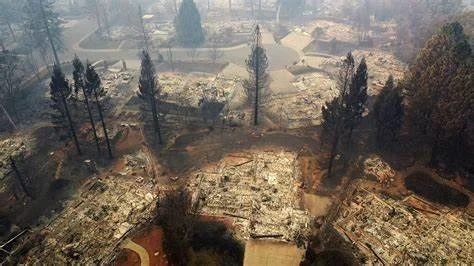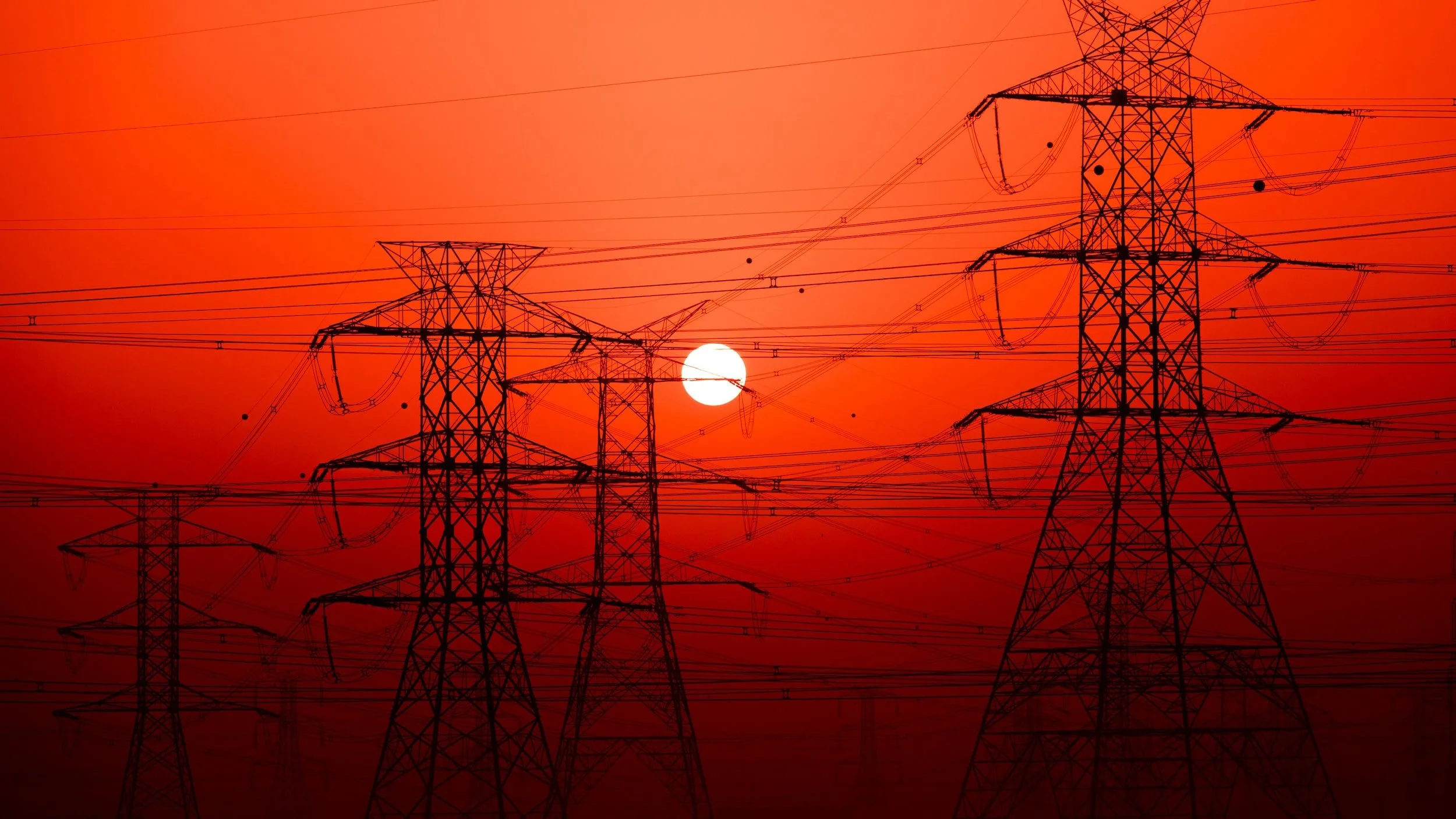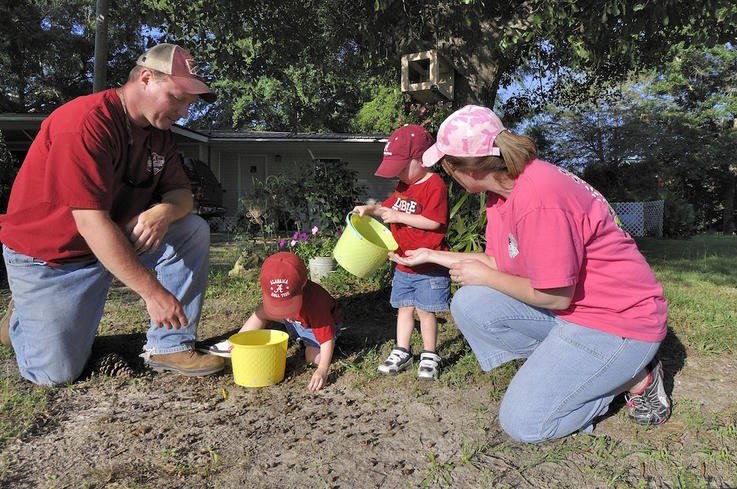
September 22’s Historic Heat Wave and the Case for Cooling Off by Conserving and Slowing Down by Delaney Uronen
The area near my family’s home is thick with shade from leaning pines and twisting, moss-covered oaks. On evenings in late summer and early fall, turkey families muster all of their wing power to tuck their plump selves high into the trees. A thin creek winds lazily through everything in the winter; in the spring, green leafroller caterpillars suspend themselves from every branch, the impossibly delicate silk threads shimmering as they catch the sunlight.
Last September, the Fawn Fire devoured over 8,000 acres near Shasta Lake, and came within a few hundred yards of our house and the habitat that surrounds it. We were lucky, but just narrowly; besides large swaths of landscape, nearly 200 structures were lost, including some of our immediate neighbor’s homes.
This year, in addition to the ever-worsening wildfires we have come to expect, the first days of September saw a historically intense heat wave hit the western United States. In Redding, the temperature hung near 110 degrees for over a week, peaking at 115. Under temperatures like that, you can feel the heat bearing down on your body like some solid object. By the afternoon, you can smell the city baking— asphalt, rubber tires, car engines, and plants all sweating in the sun.
While hundreds of other records were broken state-wide, cities like San Jose and Sacramento set new all-time highest temperatures, potentially making the heat wave the longest and hottest ever on record for September in California. In a Twitter Spaces discussion, CNN reported, UCLA climate scientist Daniel Swain stated that “by some metrics, it might be one of the worst heat waves on record, period, in any month, given its duration and extreme magnitude.”
Climate scientist Daniel Swain
@weather_west
Many wildfires sparked during the temperature spike, which had intensified already dry conditions across the state. The Mosquito Fire erupted in El Dorado and Placer counties in the Sierra Nevada on September 9th and grew quickly. As of this writing, the blaze remained active after 35 days, covering almost 77,000 acres. In Siskiyou county, the Mountain Fire burned over 13,000 acres, while the Mill Fire caused two deaths. The Fairview Fire in Riverside County, east of Los Angeles, also claimed two lives and over 28,000 acres.
Globally and in the United States, wildfires increase in frequency and severity while wildfire season lengthens as a result of human-caused climate change. Rising temperatures and extended periods of drought have yielded drier landscapes with dehydrated vegetation acting as explosive fuel for fires. According to the EPA, these trends are set to worsen in coming years as the climate crisis intensifies, causing temperatures to continue to rise and droughts to become more frequent and severe.
These are the exact conditions which made the Camp Fire the deadliest and most destructive wildfire in California to date, taking 85 lives, and destroying over 18,000 structures and 150,000 acres to devastate the community of Paradise, California. Before the fire sparked in November 2018, the area had suffered 200 days of drought, turning the verdant landscape into a cache of highly flammable material.
In addition to lives lost in the fires, more are endangered by their smoke and the heat itself. UPS drivers are suffering from heat exhaustion while driving trucks with no air conditioning, reportedly collapsing on porches during deliveries. Civil Eats reports that California’s agricultural workforce, the majority of whom are Spanish-speaking and sometimes also undocumented migrants, are 20 times more likely to die of heat-related causes than other workers. And, of course, the lives and habitats of animals, insects, and plants are also lost as temperatures rise and entire ecosystems burn.
During this year’s historic heat wave, of those lucky enough to have access to such amenities, many Californians attempted to cope by taking refuge indoors and turning up the AC. However, this resulted in an all-time high in energy use that threatened to overwhelm California’s power grid.
Not only can the power grid not handle the kind of energy consumption prompted by the heat wave, neither can the planet. According to the EPA, electricity and heat production from fossil fuels account for 25% of global carbon emissions, which drives rising global temperatures. Although California has been estimated to take around 60% of its energy from renewable and zero-carbon sources i2020, transitioning completely away from fossil fuels will take time, and renewable energy storage for use during peak times remains an ongoing issue.
When our attempts to cope with the dangerous effects of a heating planet are themselves contributing to the climate crisis, it is clear that the way many of us are living must fundamentally change. In addition to personal moves away from fossil fuel use and exciting new local measures (like the City of Redding appointing a Tree Ordinance Committee to hopefully mitigate the heat island effect through preserving and increasing the tree canopy, and most importantly, oak trees) many believe we must dramatically reduce our daily energy consumption.
Perhaps in envisioning and enacting this future, which will require radically creative solutions on a mass scale, we can start now, by looking towards some of the temporary lifestyle changes we were able to make at the start of the pandemic. These include energy savers of many types, such as working from home, driving less, walking and biking when possible, and even getting more rest and sleep, and thus decreasing energy use, to reduce carbon emissions.
Right now, you can email Redding City Council Members to emphasize how important trees, and especially native oaks, are to their constituency as they revise the outdated tree ordinance. You can also plant some oaks in your own landscape this fall.











